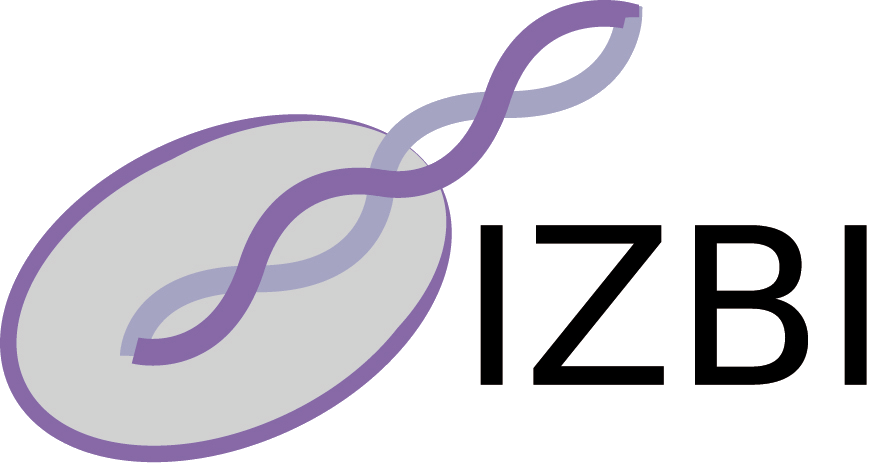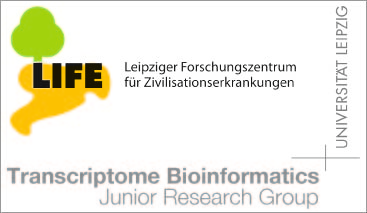Publications - Published papers
 ) is restricted to our local network and chosen collaborators.
If you have problems accessing electronic information, please let us know:
) is restricted to our local network and chosen collaborators.
If you have problems accessing electronic information, please let us know:©NOTICE: All papers are copyrighted by the authors; If you would like to use all or a portion of any paper, please contact the author.
Phylogenetics from Paralogs
Download
Status: Published
Abstract
Results: e demonstrate that plausible phylogenetic trees can be inferred from paralogy information only. To this end, tree-free estimates of orthology, the complement of paralogy, are first corrected to conform cographs and then translated into equivalent event-labeled gene phylogenies. A certain subset of the triples displayed by these trees translates into constraints on the species trees. While the resolution is very poor for individual gene families, we observe that genome-wide data sets are sufficient to generate fully resolved phylogenetic trees of several groups of eubacteria. The novel method introduced here relies on solving three intertwined NP-hard optimization problems: the cograph editing problem, the maximum consistent triple set problem, and the least resolved tree problem. Implemented as Integer Linear Program, paralogy-based phylogenies can be computed exactly for up to some twenty species and their complete protein complements.
Availability: The ILP formulation is implemented in the Software ParaPhylo using IBM ILOG CPLEX® Optimizer 12.6 and is freely available from http://pacosy.informatik.uni-leipzig.de/paraphylo/















